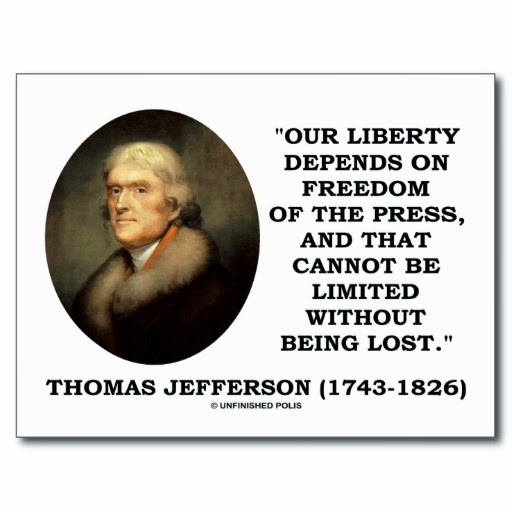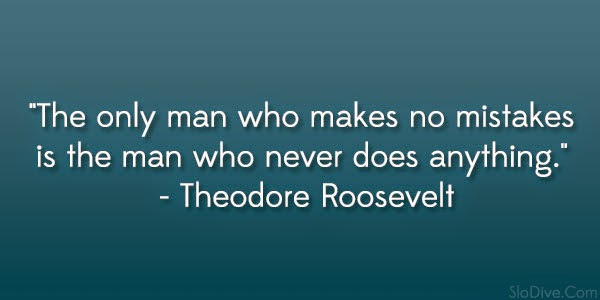There were quite a few assassinations — and assassination attempts — when I was growing up.
But I believe the one that occurred 40 years ago today — in which Alabama Gov. George Wallace was shot while campaigning in Laurel, Md., for the Democratic presidential nomination — was the first to show both the assassin and his would–be victim together in the same photos and film sequences.
It was a Monday, and school was going to close for the summer in another week or so. Everyone was eager for summer vacation — the students, the teachers, everyone, I guess, except the mothers who would soon have their children under foot 24 hours a day.
Otherwise, it was just an ordinary Monday — and, sometime that afternoon, I learned that Wallace had been shot. I don't remember now if word spread while I was still in school that day or if I learned what had happened when I got home, but, when I did get home, it was all over the television stations, wiping out the cartoons I usually watched after school.
So I got on my bike and rode over to the home of two guys who were in my grade in school, Danny and David Johnson — and, as I often did in those days, I stayed for supper.
I've written here before about that occasion. Danny and David's father was a well–known Arkansas segregationist who managed Wallace's independent presidential campaign in Arkansas in 1968, and the attempt on Wallace's life earlier that day inspired political reporters in Little Rock to seek his reaction.
They got a quick response from him — he called it a "dastardly act" — and my memory of that day is that nothing else was said about the shooting around that table that night — other than Mr. Johnson's wry comment to his sons and me that his remark "sounded like a bad word."
He grinned his trademark grin when he said it, and, even though I was a small boy and didn't understand all the things that were happening in the world, I felt confident that Gov. Wallace would not be like the Kennedys and Martin Luther King, that he would survive the shooting.
Which he did. But he never walked again.
It was the end of an era, and, historian Theodore White asserted in "The Making of the President 1972," his book on the 1972 election, Richard Nixon's re–election was assured thanks to the Wallace shooting.
In his paranoid way, Nixon feared Wallace, who nearly succeeded in his quest to deny both Nixon and Democrat Hubert Humphrey a majority in the Electoral College in 1968. If Wallace won the 1972 Democratic nomination, Nixon reasoned, he might win outright.
"For two years, George Wallace had haunted the planning of the White House," White wrote. But, after Wallace was shot, "it was all over. Only the question of margin remained; whether the president could get that mandate for which his lonesome soul so longed, that landslide authority which might let him act with the largeness of the great presidents of the past."
Nixon did, indeed, win a landslide victory over George McGovern in 1972. A few years later, when White wrote his thoughtful examination of Nixon and the Watergate scandal, "Breach of Faith," he credited Wallace's influence for many of the decisions and actions of the Nixon White House.
"[T]o eliminate the threat of Wallace in the future," White wrote, "[Nixon] was to use, in 1970, trickeries against the Alabama governor only slightly less dirty than those he used against Democratic candidates in 1972."
And, as we all know, Nixon ultimately was forced to resign because of the dirty tricks his 1972 campaign used against the opposition.
But that was still in the future on this day in 1972. Forty years ago today, the shooting of George Wallace was a cause for somber reflection on both political extremes.
Although not as polarized then as they are today, the right and the left were forced by the shooting to examine their own philosophies and their attitudes about George Wallace and his role in the political debate.
For voters on the right, Wallace was the spokesman who articulated their hopes and dreams — and fears. For those on the left, he was symbolic of everything they believed was wrong with the nation.
He was both — at the same time — I suppose. And he was neither.
I'm inclined to think Wallace was a politician — and, like most successful politicians then and now, a panderer.
Early in his political career, when he was a circuit judge, Wallace had a reputation for being fair and impartial. Race did not matter in his courtroom. But then he lost a governor's race in which he had been endorsed by the NAACP and the winner had enjoyed the support of the Ku Klux Klan.
Wallace claimed he had been "outniggered" and that it wouldn't happen again. He kept his word. When he ran for governor four years later, he took a solidly segregationist stand and won by a landslide.
"I tried to talk about good roads and good schools and all these things that have been part of my career, and nobody listened," Wallace said. "And then I began talking about niggers, and they stomped the floor."
Perhaps the most troubling aspect of the Wallace shooting for many was the fact that, like the shooting of Gabrielle Giffords last year, the assailant had no real political motive.
Had there been one, it might have been easier to accept. But when the diary of Arthur Bremer, Wallace's would–be assassin, was published, it indicated that his only real objective was notoriety — not unlike the would–be assassin of Ronald Reagan, who wanted only to impress an actress.
There was nothing that could elevate the intended sacrifice, not even a biblical sense of justice.












No comments:
Post a Comment